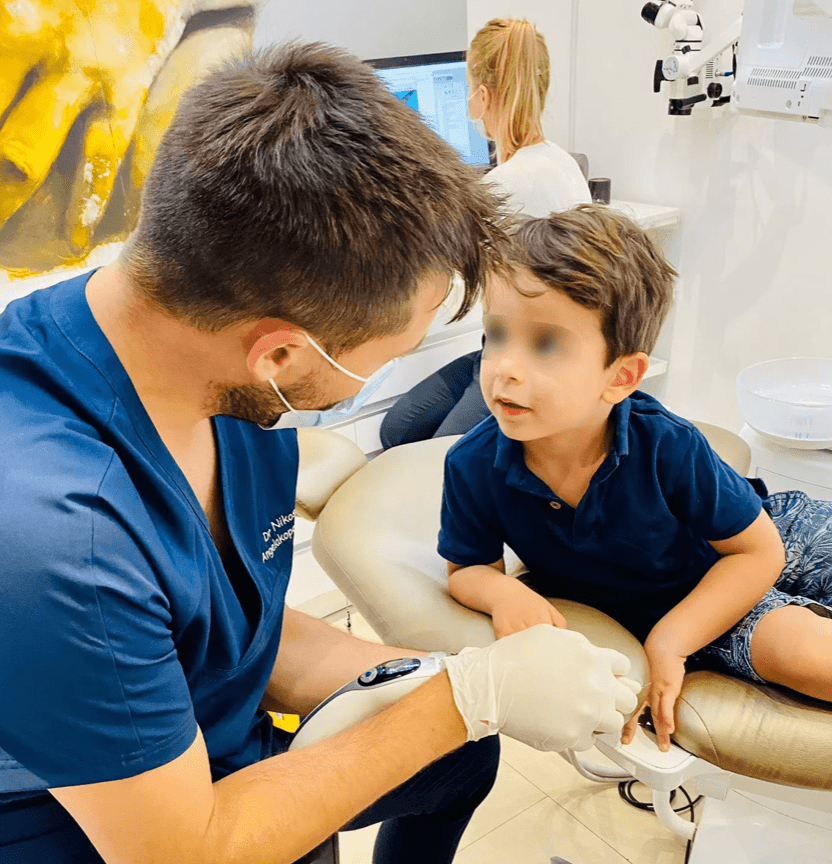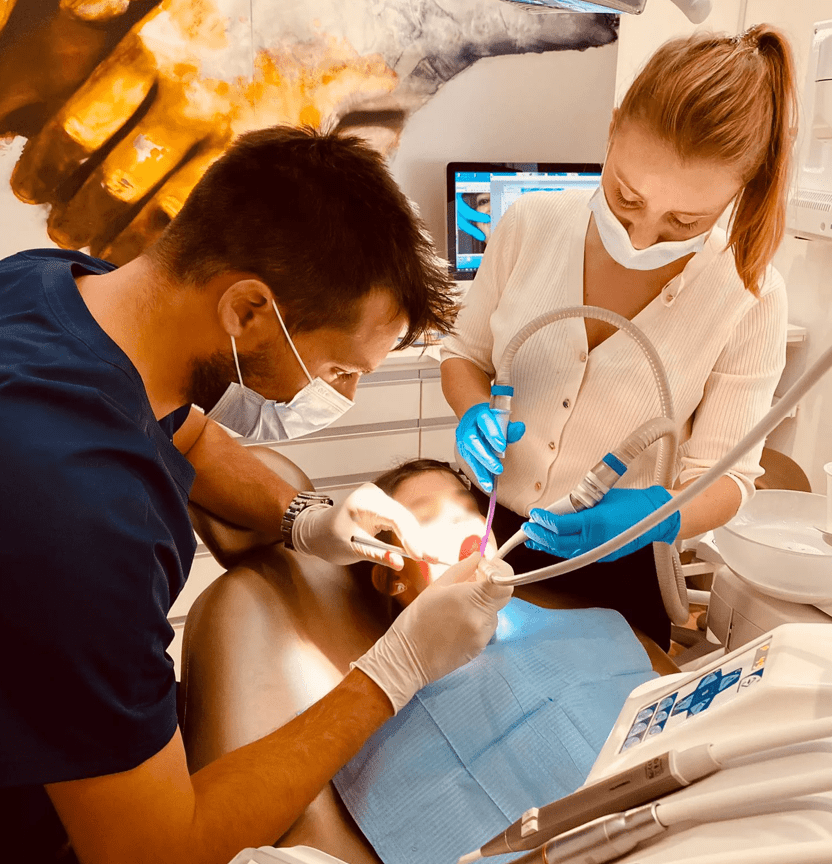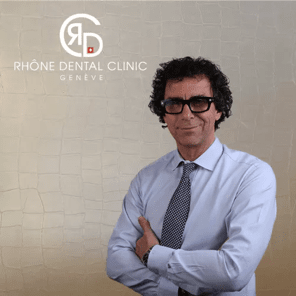Pulpitis : treatments and solutions

The onset of dental pulpitis is usually exclusively associated to cavities. In reality, other factors can cause this condition. Pulpitis is one of the components from the complex structure of our teeth and its integrity can be threatened by severe trauma or advanced decay.
Treatments for dental pulpitis and how to prevent it
In this article, we will explain you exactly what pulpitis is and treatments are appropriate in these cases.
- Where is the dental pulpitis located ?
Teeth are connected to the jawbone by the periodontium, and in its structure, we can distinguish a visible and an invisible part. The dental pulpitis is located within the crown, and and a part commonly called the nerve. It is important to know how to differentiate the parts of the teeth in order to know their anatomy and to correctly identify the pathologies or complications that each of them may present.
COMPONENTS OF A TOOTH ARE THE FOLLOWING :
- The dental crown is visible when we are speaking or smiling. Its shape determines the function and the name of each tooth, and thanks to them, we can ensure the functions of chewing and grinding food.
- The edge of the gum is the junction between the teeth and the mucous membrane. It is in this area that tartar and food debris tend to accumulate, which, if not properly removed, can lead to periodontal disease such as gingivitis or periodontitis.
- The dental root is inserted into the alveolar bone and its function is to support the tooth. Depending on the tooth, it can have one root, canines and incisors or several molars and premolars.
THE INTERNAL STRUCTURE OF THE TOOTH
In addition to this structure, the tooth is made up of different internal parts: The enamel covers the dental crown. Its mission is to protect the dentin from the action of pathogens. Although it is the hardest layer of the human body, it can be subject to wear due to poor oral hygiene or abrasive agents. As a result, dental caries can occur.
Dentin is located underneath the enamel and is responsible for attenuating shocks and pressures exerted on the tooth, for example by chewing forces.
THE DENTINE PREVENTS THE SENSITIVITY OF THE TEETH
It consists of a large number of tubules directly connected to the dental pulp – or nerve. With enamel, dentin surrounds the pulp chamber, where the pulp is located. It is a soft connective tissue composed of nerves and blood vessels. Finally, the cementum, which is part of the periodontium. It is a thin layer whose function is to cover the surface of the root of the tooth.
Now we understand the structure of the tooth and the place of the pulp in it, but… what is its mission?
Functions of the dental pulp
Containing nerve fibers, the purpose of the dental pulp is to send a sensory signal in case of damage to the tooth. Moreover, it has an essential function during the development of the tooth: responsible for the nutrition of the tooth and the formation of dentin. Once the tooth has completed its development, as well as the stages of dentition, the action of the pulp is no longer necessary to keep it stable.
What is a pulpitis and how many types ?
Pulpitis occurs when the nerve becomes inflamed due to various external factors. Depending on the degree of pulp damage, the condition may be reversible or irreversible, and its symptoms may range from mild tooth sensitivity to tooth loss due to nerve death.
- Reversible dental pulpitis
Reversible dental pulpitis is a mild and temporary swelling of the nerve. Typically, this swelling is generated by changes in the pH of the tooth, eating foods that are too acidic or too sweet, or foods that are too hot or too cold. Similarly, tooth whitening usually causes some sensitivity in the tooth, temporary and only lasts for the month of treatment.
In these cases, when the patient suffers from reversible pulpitis, the discomfort fades once the stimulus that causes it has disappeared.
- Irreversible dental pulpitis
In more advanced cases of pulpitis, the discomfort persists once the stimulus that generates it has disappeared. This is an irreversible case because the inflammation of the nerve is so severe that it cannot be restored to a healthy stat
Do you need to treat pulpitis ? During your consultation, your particular situation will be discussed in more detail. We encourage you to ask any questions you may have. If new questions arise after your consultation, please do not hesitate to contact the clinic in Geneva. During the initial examination, we will be able to set up the necessary care for the treatment of pulpitis. Moreover, we can define the treatment plan, the expected duration of treatment and the approximate cost.
Stop by our dental clinic for a visit, or call us at 022 310 50 77 to arrange a consultation
PULPITIS IS UNFORTUNATELY ONE OF THE FIRST EMERGENCIES IN OUR CLINIC!
It can be avoided if you have a regular check-up by the hygienist.
If a root canal has to be performed, it is imperative to do it under a microscope to ensure a long-term success!











